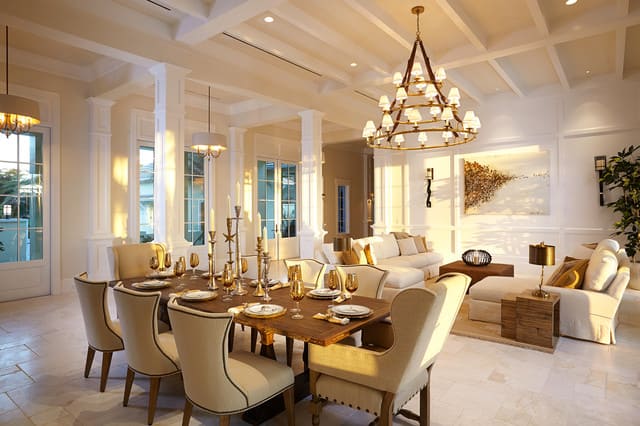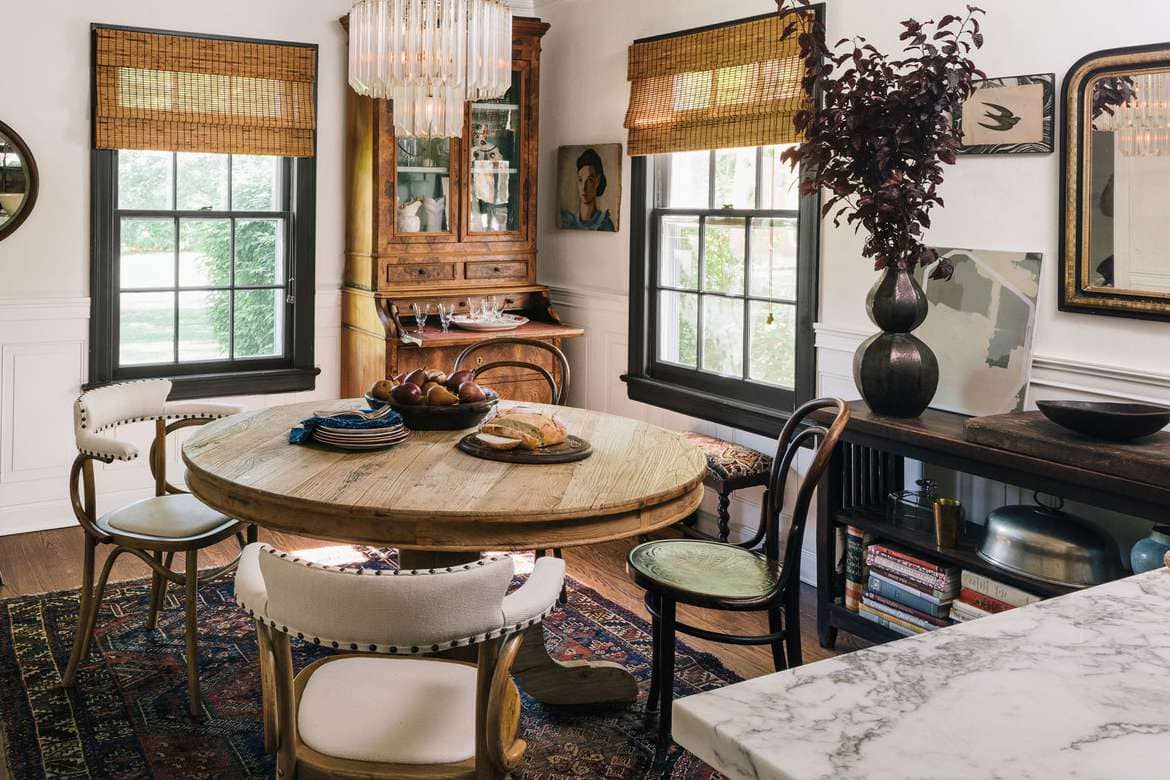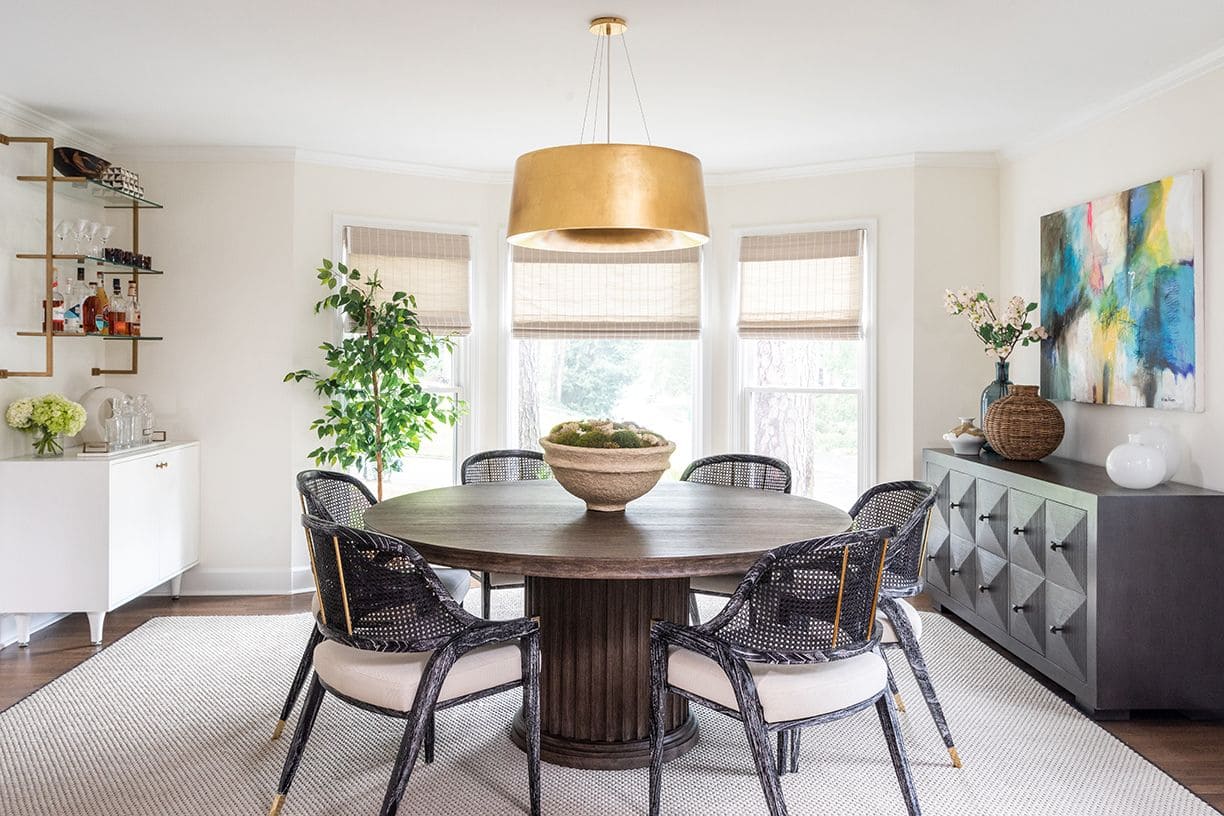In the realm of interior design, the fusion of living rooms and dining rooms has become a hallmark of modern elegance and practicality. Gone are the days of rigidly separated spaces; today’s homeowners seek versatility and fluidity in their living areas. Whether you’re working with a spacious open floor plan or a cozy apartment layout, combining the living room and dining room can maximize functionality and aesthetic appeal.
Seamless Integration: Crafting a Harmonious Environment
Creating a harmonious environment where the living room seamlessly transitions into the dining area requires thoughtful planning and strategic design choices. Furniture arrangement plays a pivotal role in achieving this integration. Opt for multifunctional pieces that serve dual purposes, such as a dining table that can double as a workspace or a sofa with hidden storage compartments.
In terms of color palette and decor, maintaining cohesion between the two spaces is key. Choose a unified color scheme that ties the rooms together while allowing for subtle variations to delineate each area. Accessories like throw pillows, area rugs, and artwork can add personality and visual interest without disrupting the overall flow.
Maximizing Space: Practical Layout Solutions
Efficient space utilization is paramount when combining the living room and dining room. Embrace versatile furniture designs that can adapt to different configurations, such as extendable dining tables and modular seating options. Consider the flow of traffic within the space and aim to create clear pathways for movement.
Strategic storage solutions are essential for keeping the combined area organized and clutter-free. Explore options like built-in shelving units, ottomans with hidden compartments, and wall-mounted cabinets to make the most of vertical space without sacrificing style.
Zoning Techniques: Defining Distinct Areas
While the goal is to achieve a cohesive look, it’s also important to define distinct areas within the combined living room and dining room. Utilize area rugs, lighting fixtures, and furniture placement to delineate each zone without erecting physical barriers.
In larger spaces, partition screens or decorative room dividers can create visual separation while maintaining an open feel. These versatile design elements add architectural interest and can be easily adjusted to accommodate changing needs.
Lighting Ambiance: Setting the Mood
Lighting plays a pivotal role in shaping the ambiance of any room, and combined living and dining areas are no exception. Incorporate a mix of ambient, task, and accent lighting to create layers of illumination that cater to different activities and moods.
Consider installing dimmer switches to allow for adjustable lighting levels throughout the day and evening. Pendant lights or chandeliers above the dining table add a touch of elegance, while floor lamps and sconces can provide soft, indirect illumination in the living area.
Conclusion
Combining the living room and dining room is a design trend that offers both practical benefits and aesthetic appeal. By carefully considering furniture arrangement, color schemes, and zoning techniques, homeowners can create a seamless integration that maximizes space and functionality while reflecting their personal style.
Embrace versatility, prioritize organization, and pay attention to lighting to craft a harmonious environment that effortlessly transitions between relaxing evenings at home and lively dinner gatherings with friends and family.





